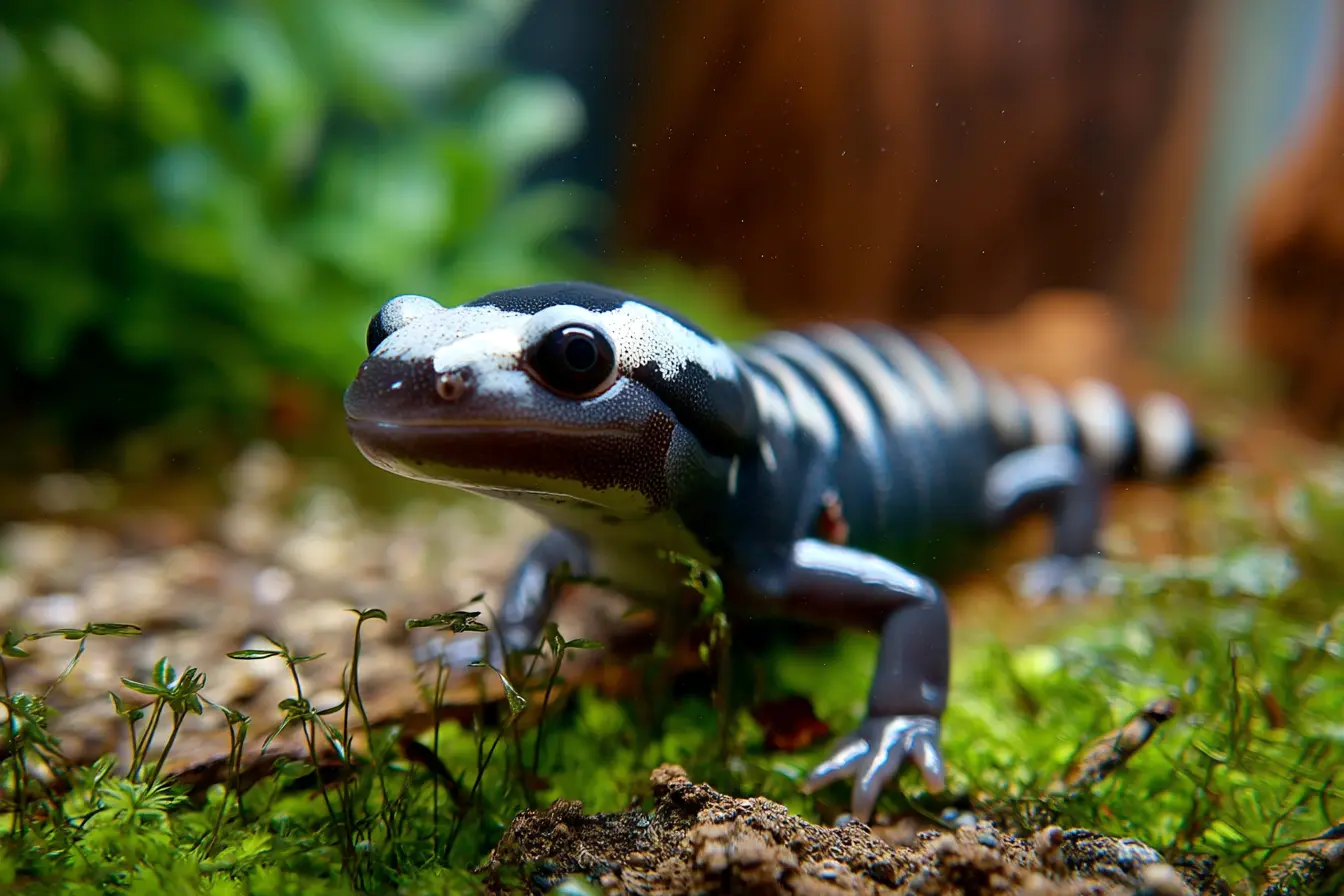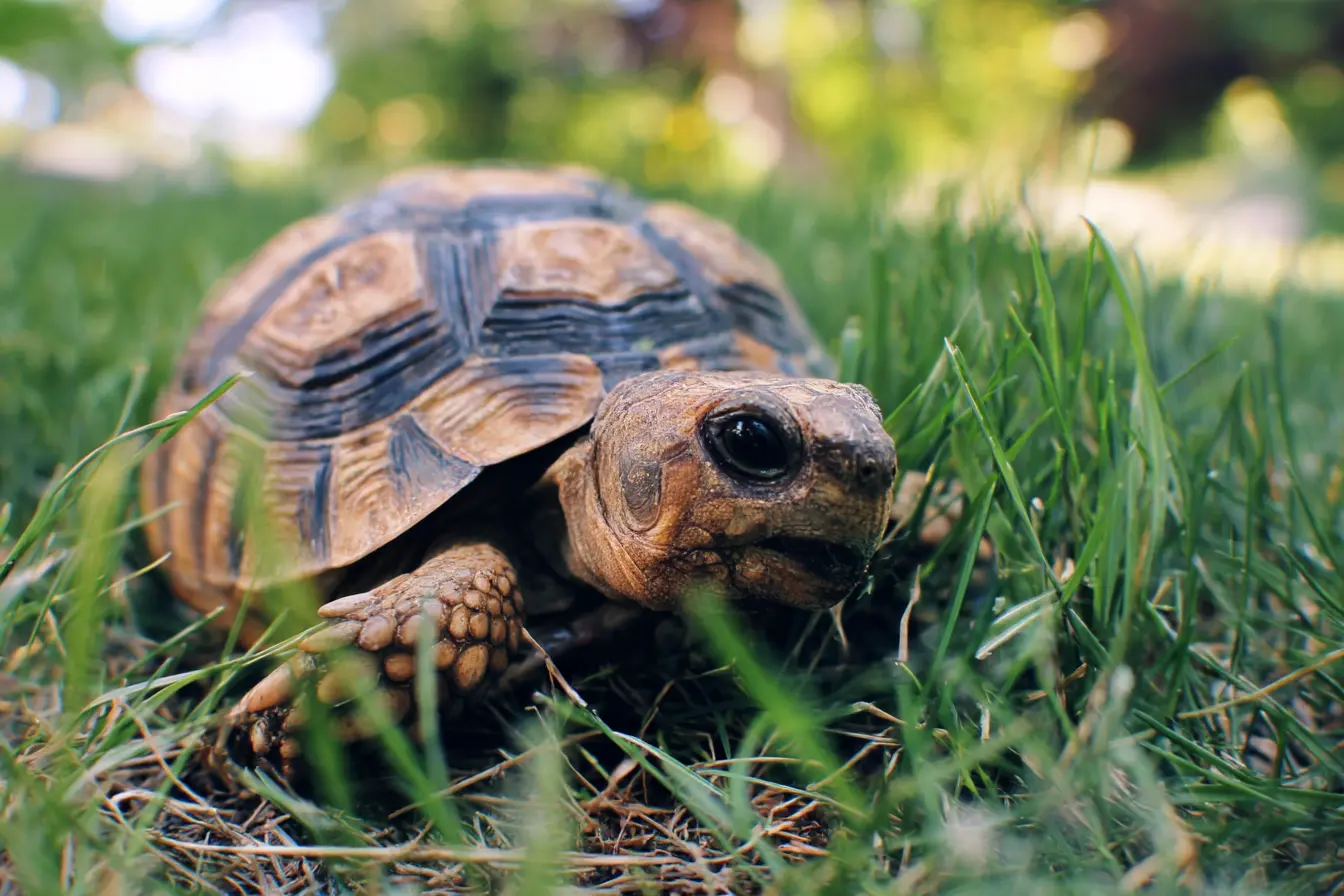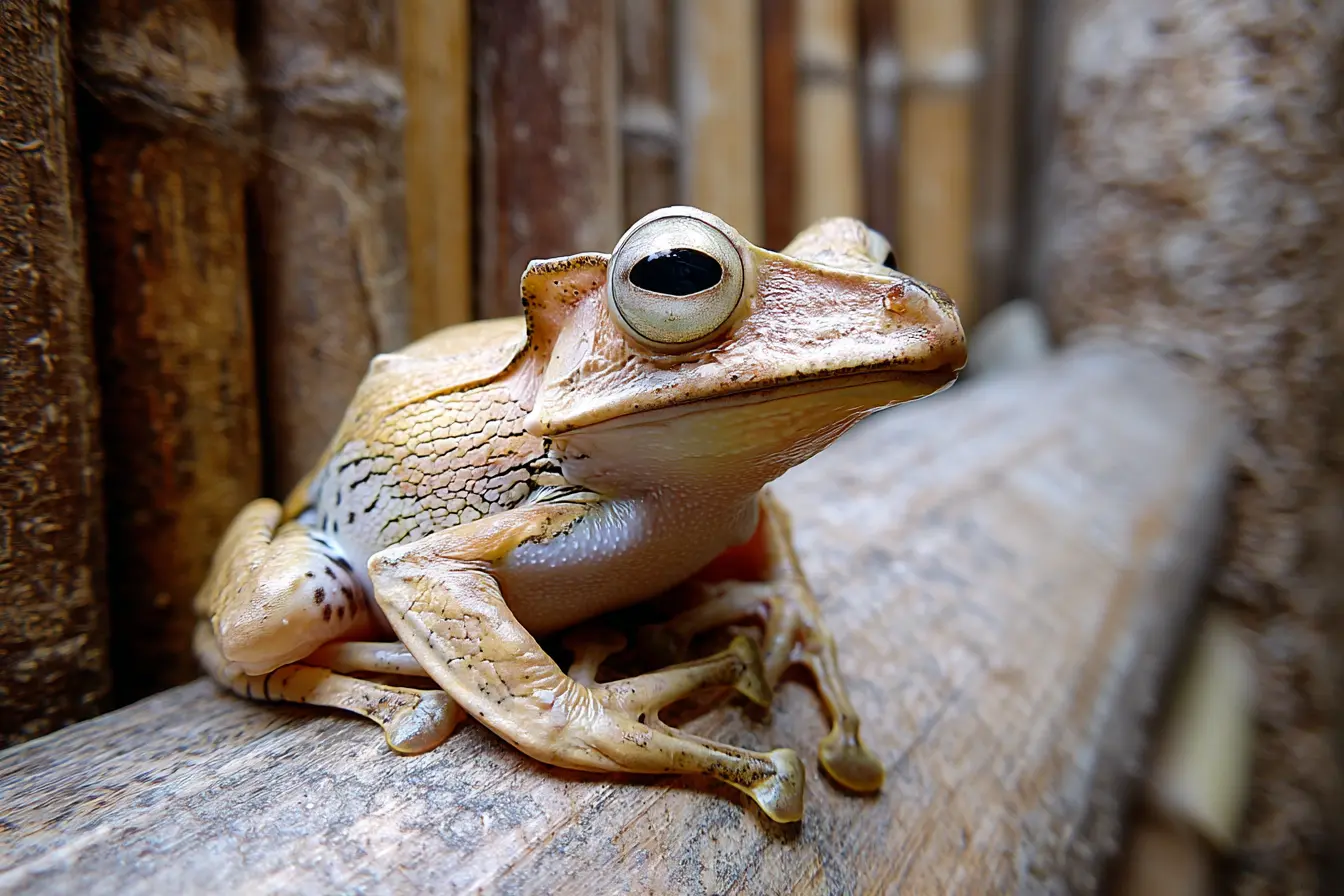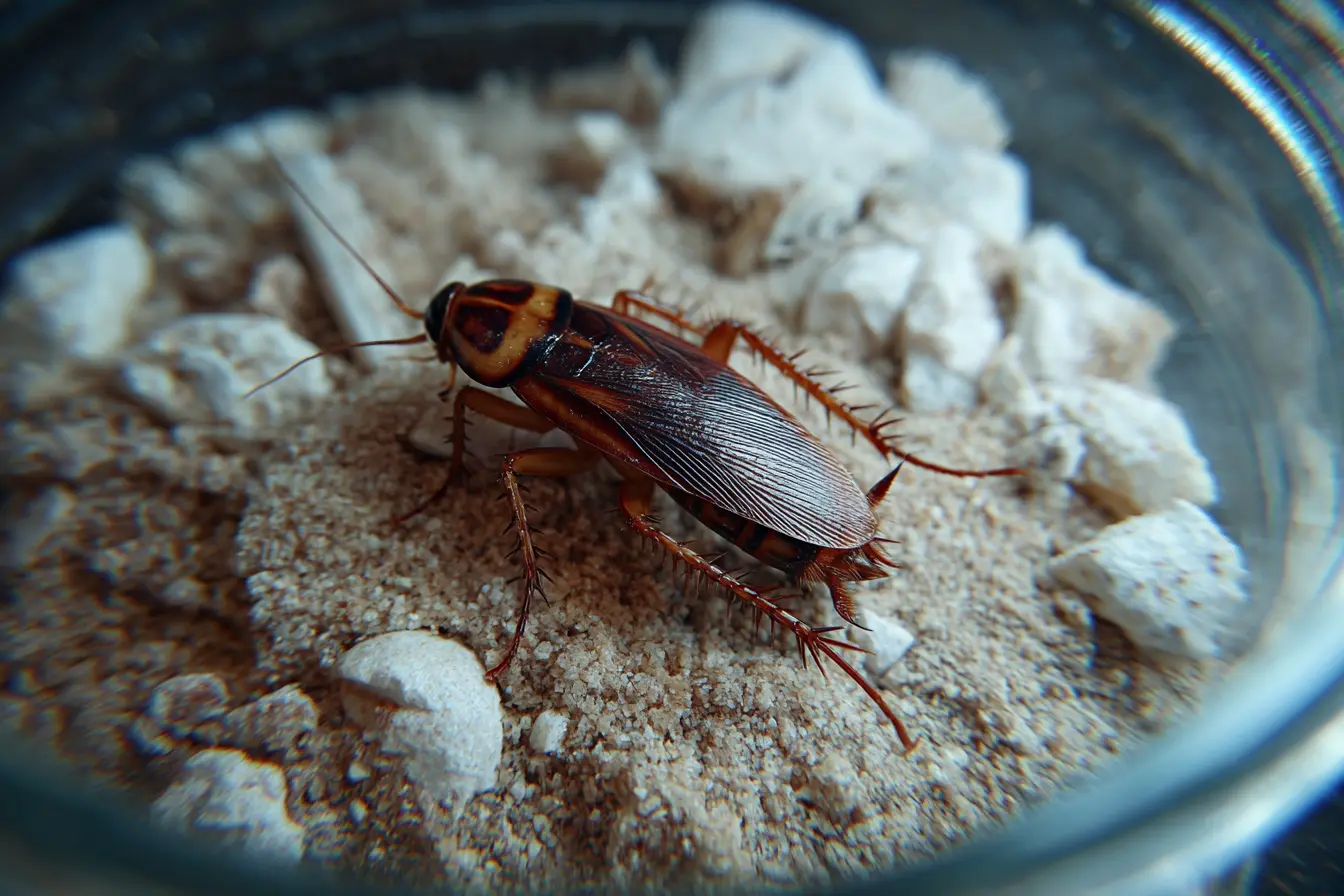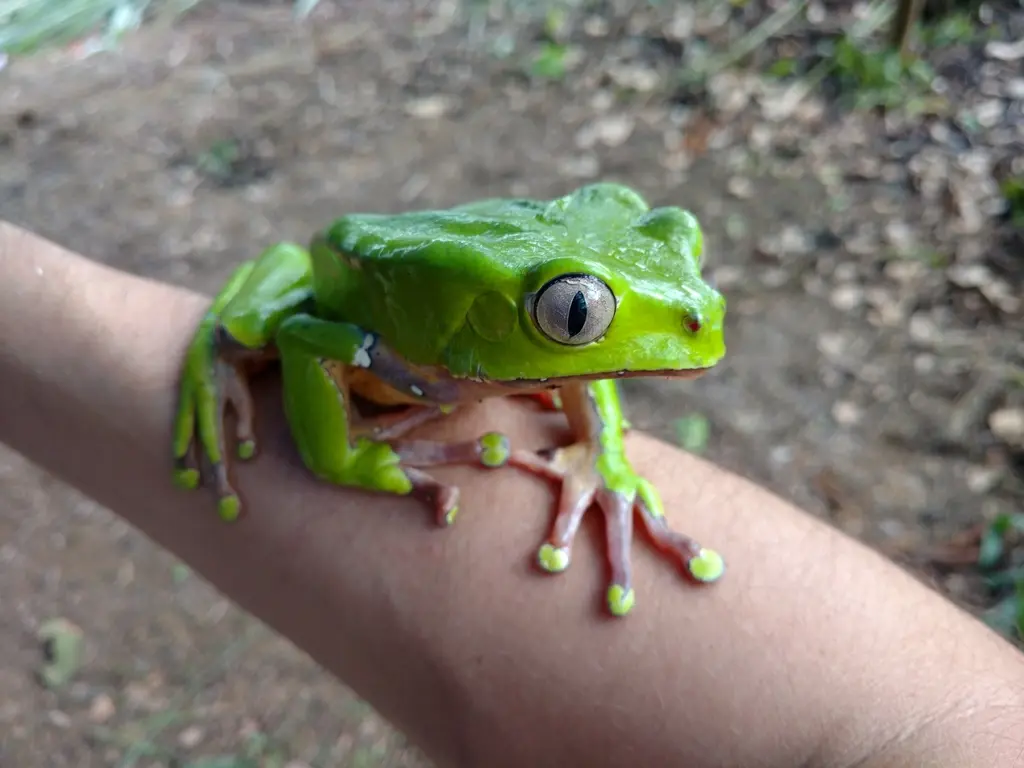
Keeping the Waxy Monkey Tree Frog: A Comprehensive Guide
The waxy monkey tree frog (Phyllomedusa sauvagii), also known as the Chacoan monkey frog, is a unique and hardy species of tree frog native to the dry forests and scrublands of South America, particularly in regions of Paraguay, Argentina, Bolivia, and Brazil. Famous for its thick, waxy skin and slow, deliberate movements, this species is a fascinating option for amphibian enthusiasts interested in a more unusual and low-maintenance frog.
This guide provides a comprehensive overview of how to care for the waxy monkey tree frog in captivity.
Physical Characteristics
Size
- Adults grow to 6–10 cm (2.5–4 inches) in length.
- Females are typically larger and bulkier than males.
Lifespan
- With proper care, waxy monkey tree frogs can live 10 to 15 years, making them a long-term commitment.
Colouration and Skin Texture
- They are bright green or olive-green with creamy white bellies and sometimes have light spotting along the flanks.
- Their skin is thick, waxy, and smooth—adapted for retaining moisture in arid environments.
- They secrete a waxy substance which they spread over their bodies to prevent dehydration.
Sexual Dimorphism
- Females are larger and more robust.
- Males have noticeable thumb pads (nuptial pads) during the breeding season and may call softly, especially during the evening.
Legal Considerations and Ethics
Always check local regulations before acquiring waxy monkey tree frogs, as some regions regulate amphibian ownership. Choose captive-bred specimens from reputable breeders to avoid supporting wild-caught trade and to reduce the risk of disease.
Housing and Enclosure Setup
Unlike many other amphibians, waxy monkey tree frogs come from semi-arid environments and require less humidity. They thrive in tall, well-ventilated enclosures.
Enclosure Size
- A single adult or pair can be housed in a vertically oriented 45 x 45 x 60 cm (18 x 18 x 24 inch) terrarium.
- For a small group, a larger enclosure such as 60 x 45 x 90 cm (24 x 18 x 36 inch) is ideal.
Substrate
- Use a substrate that encourages low humidity but retains some moisture at the base, such as:
- Coconut fibre mixed with sand
- Bioactive setups with a drainage layer
- Paper towel or bare-bottom setups for simplicity
Decor and Climbing Structures
- Provide ample branches, bamboo poles, and cork bark for climbing.
- Broad-leaved plants (live or artificial) offer comfortable perching spots.
- Hiding areas such as cork rounds or strategically placed foliage help reduce stress.
Temperature and Humidity
- Day temperature: 26–30°C (79–86°F)
- Night temperature: 21–24°C (70–75°F)
- Humidity: 50–60% during the day, increasing to 70% at night after light misting
- Good ventilation is essential—these frogs dislike stagnant, overly humid air.
Lighting
- Provide a 12-hour day/night cycle with full-spectrum lighting.
- Low-level UVB (5.0) is beneficial for overall health and calcium metabolism.
- LED lights can also be used to support plant growth in naturalistic setups.
Diet and Feeding
Waxy monkey tree frogs are carnivorous ambush predators with a slow but strong feeding response.
Suitable Food Items
- Crickets
- Dubia roaches
- Silkworms
- Black soldier fly larvae
- Locusts (small)
- Occasional waxworms or hornworms as treats
Feeding Schedule
- Juveniles should be fed daily.
- Adults can be fed every 2–3 days.
- Adjust quantity based on body condition—these frogs can easily become overweight.
Supplements
- Dust prey with calcium plus vitamin D3 two to three times per week.
- Provide a multivitamin supplement once per week.
Behaviour and Handling
Waxy monkey tree frogs are renowned for their calm and slow-moving nature, making them enjoyable to observe.
Typical Behaviour
- Active at night but may be seen lounging on branches during the day.
- Will frequently bask under lights during daylight hours.
- Unlikely to jump suddenly—preferring slow, deliberate movements.
Handling
- They tolerate occasional handling better than many amphibians but should still be handled minimally.
- Always handle with clean, wet hands or powder-free gloves to avoid damaging their skin.
- Wash hands before and after contact.
Health and Common Issues
These frogs are quite hardy but can experience health problems if not properly cared for.
Common Health Problems
- Obesity – from overfeeding or lack of exercise.
- Dehydration – from improper humidity or lack of water access.
- Respiratory infections – from inadequate ventilation or overly high humidity.
- Vitamin deficiencies – from poor diet or lack of UVB lighting.
Preventative Care
- Maintain proper temperatures and provide good ventilation.
- Offer a varied diet with appropriate supplementation.
- Clean the enclosure regularly and provide fresh water daily.
Breeding Waxy Monkey Tree Frogs
Breeding in captivity is possible but requires careful preparation.
Breeding Triggers
- Simulate the rainy season by increasing misting and nighttime humidity.
- Males will call to attract females.
- Provide horizontal leaves or smooth surfaces above water where eggs can be laid.
Egg Laying and Development
- Females lay sticky clutches of eggs on leaves or walls above water.
- Upon hatching, tadpoles drop into the water below.
- Remove tadpoles to a separate aquatic setup with clean, dechlorinated water.
Tadpole Care
- Feed with finely crushed fish food, spirulina powder, or boiled greens.
- Metamorphosis typically occurs within 6–8 weeks.
Conclusion
The waxy monkey tree frog is a truly unique and rewarding amphibian species for those interested in a hardy, low-humidity frog. With their docile nature, unusual behaviour, and striking appearance, they make fascinating display animals for keepers willing to meet their straightforward care requirements.
By providing a well-ventilated arboreal enclosure, suitable temperatures, modest humidity, and a proper diet, you can enjoy the quirky charm of these slow-moving frogs for many years.
Vets near you
Speciality vets
- Aquatics vet specialists
- Birds vet specialists
- Camelids vet specialists
- Cats vet specialists
- Cattle vet specialists
- Deer vet specialists
- Dogs vet specialists
- Equines vet specialists
- Exotic vet specialists
- Goats vet specialists
- Pigs vet specialists
- Poultry vet specialists
- Sheep vet specialists
- Small Mammals vet specialists
- Wild vet specialists
